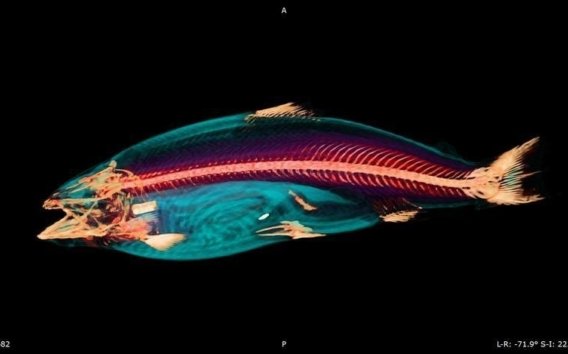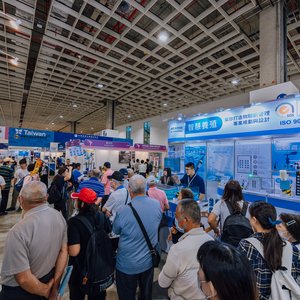Each year SalmoBreed arranges a test slaughter on half and full-siblings of the next generation of broodstock in their breeding program. This gives access to important information that is used to rank individual broodfish according to their expected performance on various slaughter and quality traits. In traditional test slaughters, SalmoBreed manually dissects, weighs, scores, records and samples thousands of fish.
SalmonBreed will obtain for the first time phenotypes from a mobile medical computed tomography (CT) scanner. CT scanning is a non-destructive method originally designed to measure the composition of human tissues. By using this technology on salmon, it is possible to estimate yield using 3D image analysis of the x-ray absorption properties. Since different tissues have different absorption properties, the tissue distribution can be extracted using image analysis software. This approach can significantly reduce the cost of labor and materials for the test slaughter and remove the operator dependence when performing manual filleting. Virtual cleaning of the fish is done by locating the different organs and removing them using advanced image analysis.
The CT technology was only previously tested in a pilot project in 2018 by CompleteSCAN, a FHF-funded project. This year the CT scanner will replace traditional manual dissection and is expected to increase accuracy in data collection.
In addition to broodstock from SalmoBreed, the company is conducting similar tests on fish from StofnFiskur and SalMar who hold the Rauma strain. A total of 10,000 fish from the three strains were PIT-tagged and put to sea in the autumn of 2017 at the Institute of Marine Research (IMR) facility in Austevoll municipality. Growth, mortality, sea-lice attachments and various health parameters have been previously recorded, and tissue samples for DNA analysis has been collected.
The fish that originate from StofnFiskur have half and full-siblings in its nucleus located in their full cycle land-based facilities in Iceland. Siblings from the same fish families are also currently reared in Denmark and Chile. The test slaughter gives the opportunity to reconfirm the high genetic correlation between growth measured on land in StofnFiskur’s breeding nucleus and seawater growth in Norway.













